I asked Samsung and Google about how the Galaxy XR can beat Vision Pro — and what's next for smart glasses
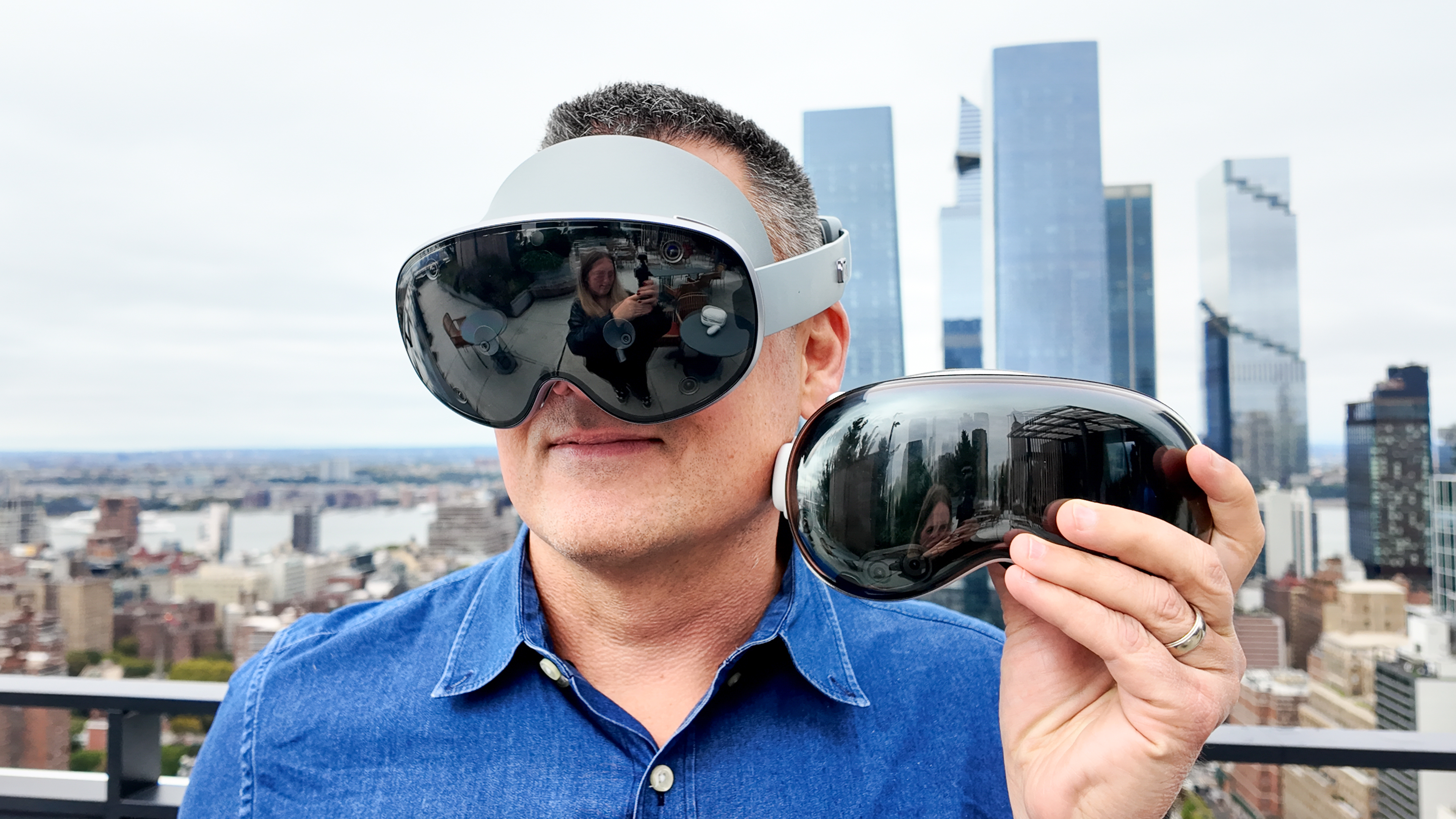
It has a futuristic visor design like the Apple Vision Pro. It tracks your eyes and hands just like the Vision Pro. And it offers both AR and VR experiences just like you know what. But when I asked Kihwan Kim, Samsung executive vice president and head of the Immersive S/W R&D Group, what makes the new Galaxy XR stand out and who the target audience is for its $1,799 headset, he had an interesting answer.
“It's more like a new category that kicks off how to best experience and communicate with the AI agent, Kim said. And that multimodal AI agent is Gemini Live.
Powered by the new Android XR platform, the Galaxy XR can see what you see while you’re using the headset, so you can ask questions about what’s in front of you, get real-time advice while playing a game or ask Google to take you to an exact location in Google Maps — and even inside that restaurant you were thinking of going to for a closer look around.
That’s where Google comes in, and I also had a chance to interview Sharham Izadi, vice president and GM of AR/X at Google about the importance of having this persistent AI co-pilot by your side at all times and how it potentially redefines mixed reality devices. Here’s what Kim and Izadi had to say about the Galaxy XR — and the smart glasses from Samsung and Google that are coming next.
Who is the Galaxy XR for?
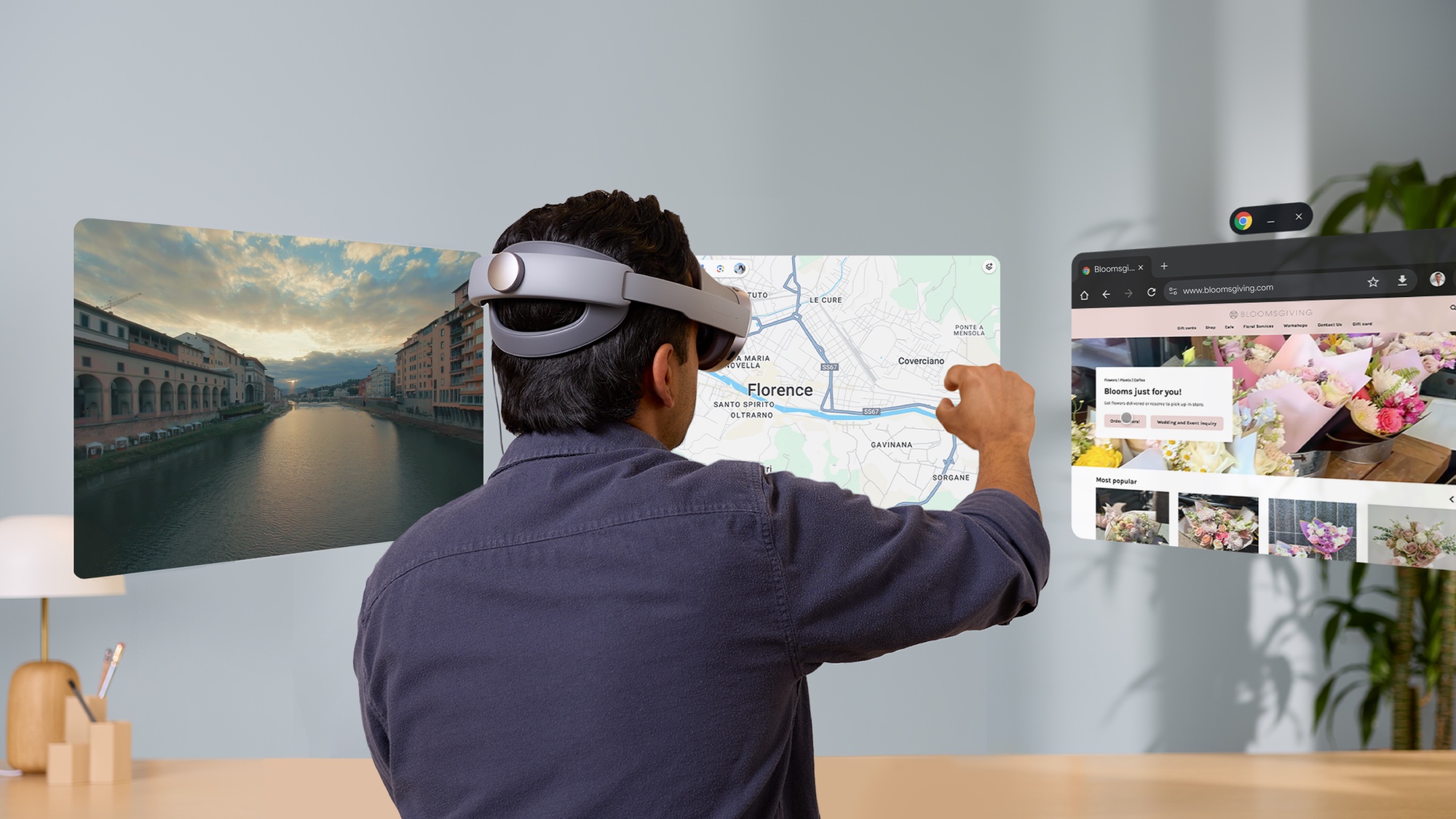
While the $1,799 Galaxy XR is nearly half the price of the $3,499 Vision Pro, that’s still several hundred dollars more than most of the best phones and even some of the best laptops. So who is the Galaxy XR for?
“We think it will be a lot of tech enthusiasts that will buy this device,” said Izadi. “Whether you're an AI enthusiast and you want the richest Gemini experience, or if you're a Galaxy fan that's excited about this new category.”
In addition to tech enthusiasts, Izadi anticipates that the Galaxy XR will also attract developers who want to be on the forefront of creating new experiences that marry AI and AR.
Get instant access to breaking news, the hottest reviews, great deals and helpful tips.
For Kim, getting the hardware right was just part of the equation. And Samsung could have launched its headset sooner sooner, but they believed they had to nail the experience first before bringing the Galaxy XR to market.
“Of course, some people might say just cheaper, cheaper, cheaper, lighter, lighter, lighter,” said Kim. “But we really wanted to figure out what's the right spot that people can really enjoy, that we believe that this is like a new experience that we can offer.”
Why Gemini Live changes everything
A lot of people have been waiting for a so-called killer app with mixed reality headsets, but for Samsung and Google, it’s actually Gemini Live, plus whatever app you might happen to be using.
The multi-modal AI assistant has been a big hit on phones, but it makes even more sense on something like the Galaxy XR because you don’t have to hold the device in front of you. You’re already wearing it.
It can understand your virtual content and the physical world around you when you're in pass through mode. It can understand what you're gesturing and what you're pointing at, even your emotions.
Sharham Izadi, Google
“This is the richest contextual awareness device,” said Izadi. “It can understand your virtual content and the physical world around you when you're in pass through mode. It can understand what you're gesturing and what you're pointing at, even your emotions, which we can use in the avatar technology as well.”
Gemini was so instrumental in the development of the Galaxy XR and Android XR itself that it “massively changed our course,” according to Izadi. And Google wound up rebuilding Android XR based on it.
Let’s say you were looking at a video and there was something that was really hard to recall. So you could say, “there was a tree in that last video that I was looking at. What was that tree?” And that’s because Gemini is paying attention to all the pixels all the time. So Gemini Live on the Android XR has a memory of sorts.
“It gives you this kind of superpower of memory that you can recall,” said Izadi.
And I promise you’ve never seen a Google Maps like this. You can ask Gemini to take you to a place or to a web page relating to it, and then you go on what amounts to virtual travels with Gemini by your side.
Izadi likens it to hyperlinking, but I think of it as hyperjumping within apps and even across apps in a conversational way.
During my Galaxy XR hands-on time, I noticed that you need to take a couple of steps to invoke Gemini Live (long press the top right button, then select a menu option) so I asked if Samsung and Google could remove that friction given how integral mulit-model AI is to the user experience. That’s being looked into.
The right price and (hopefully) the right trade-offs
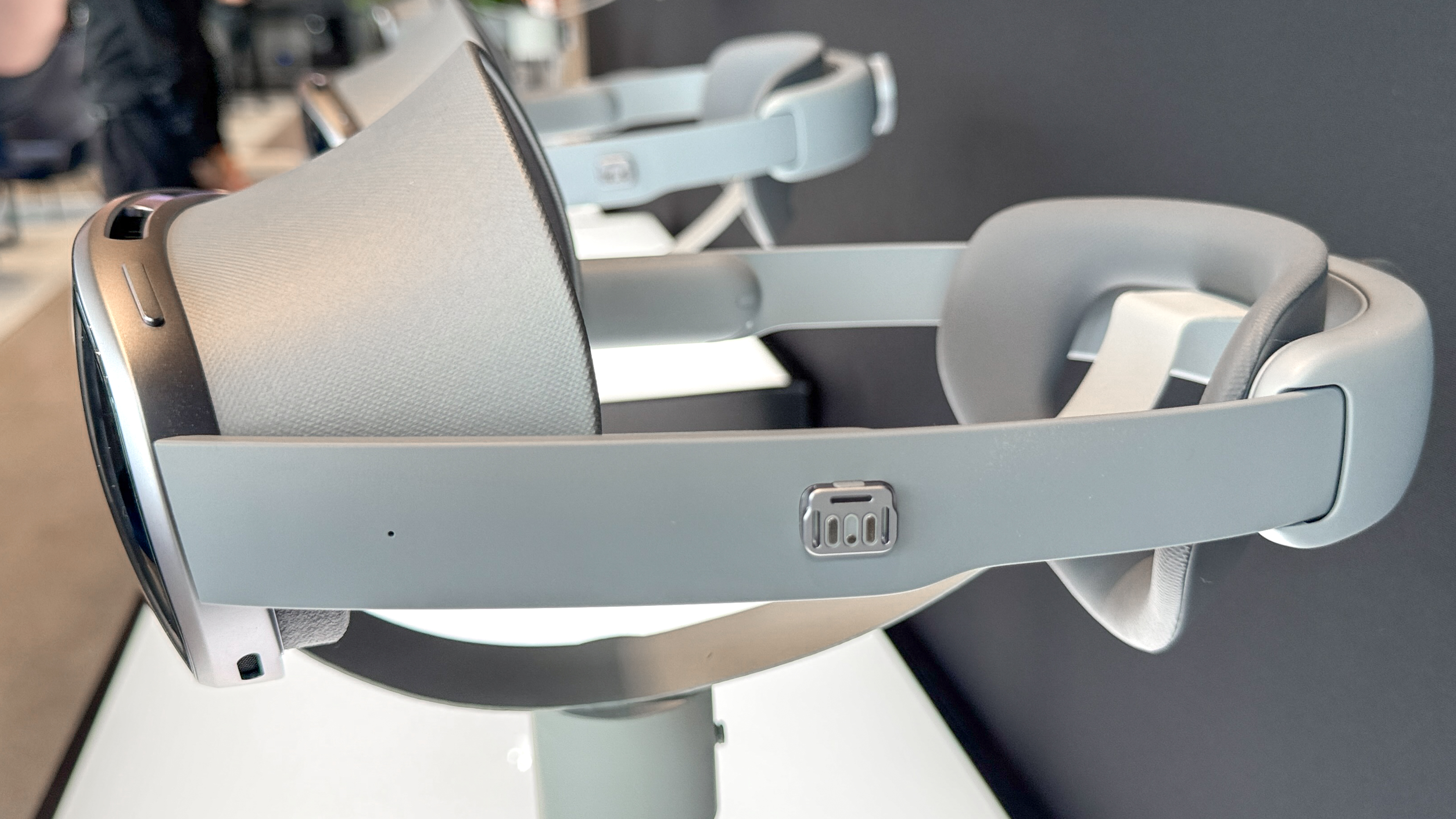
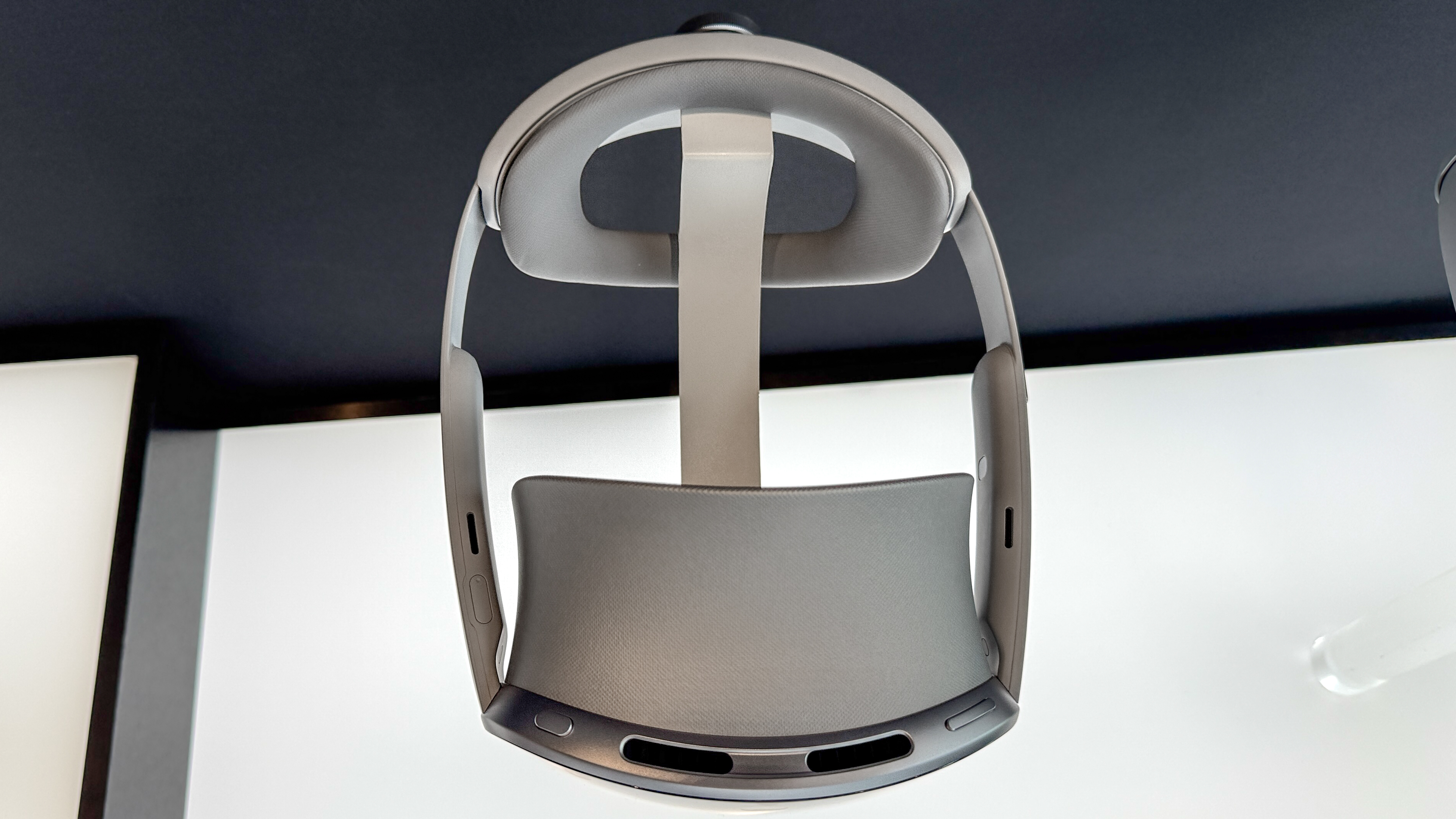
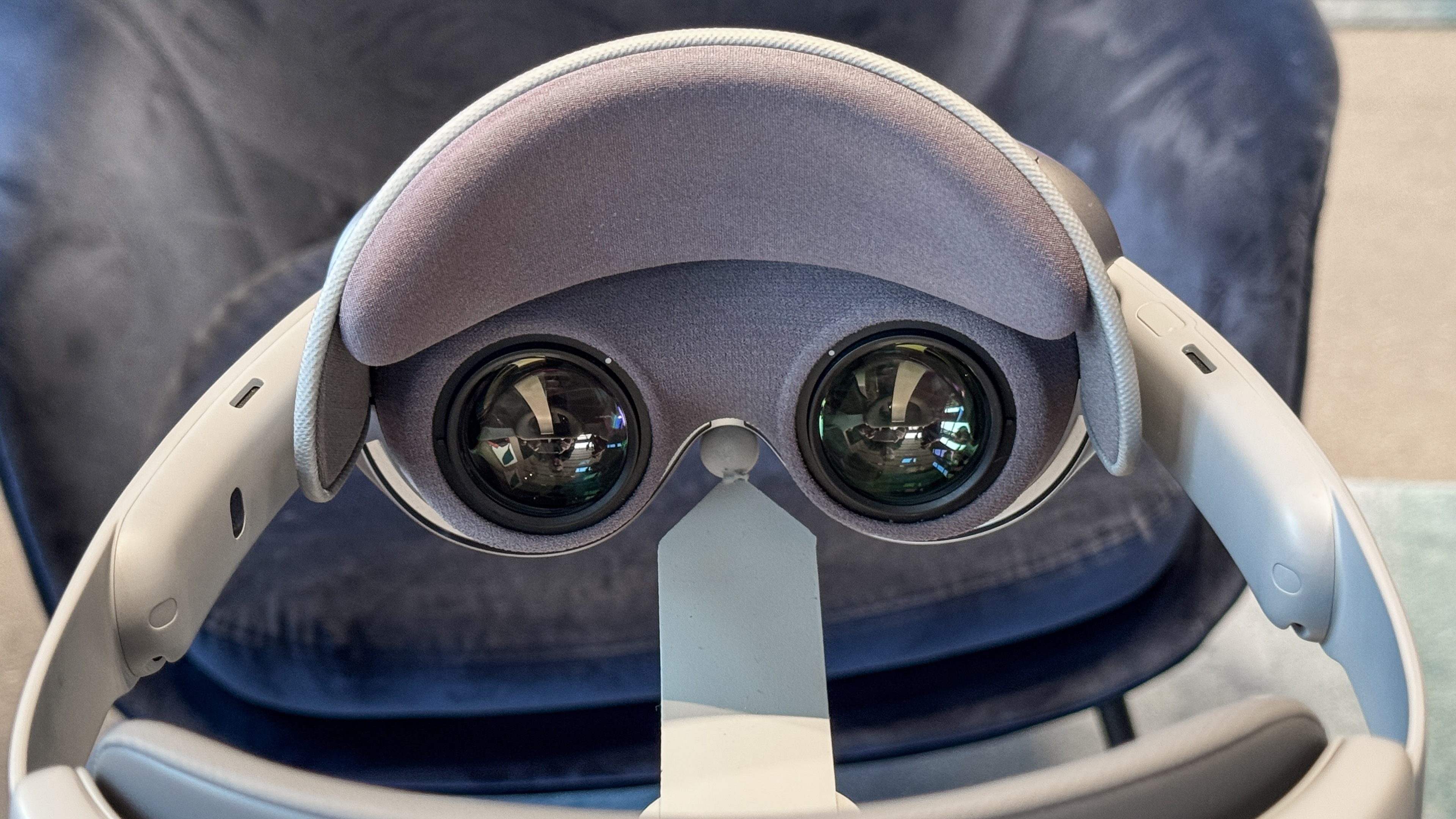
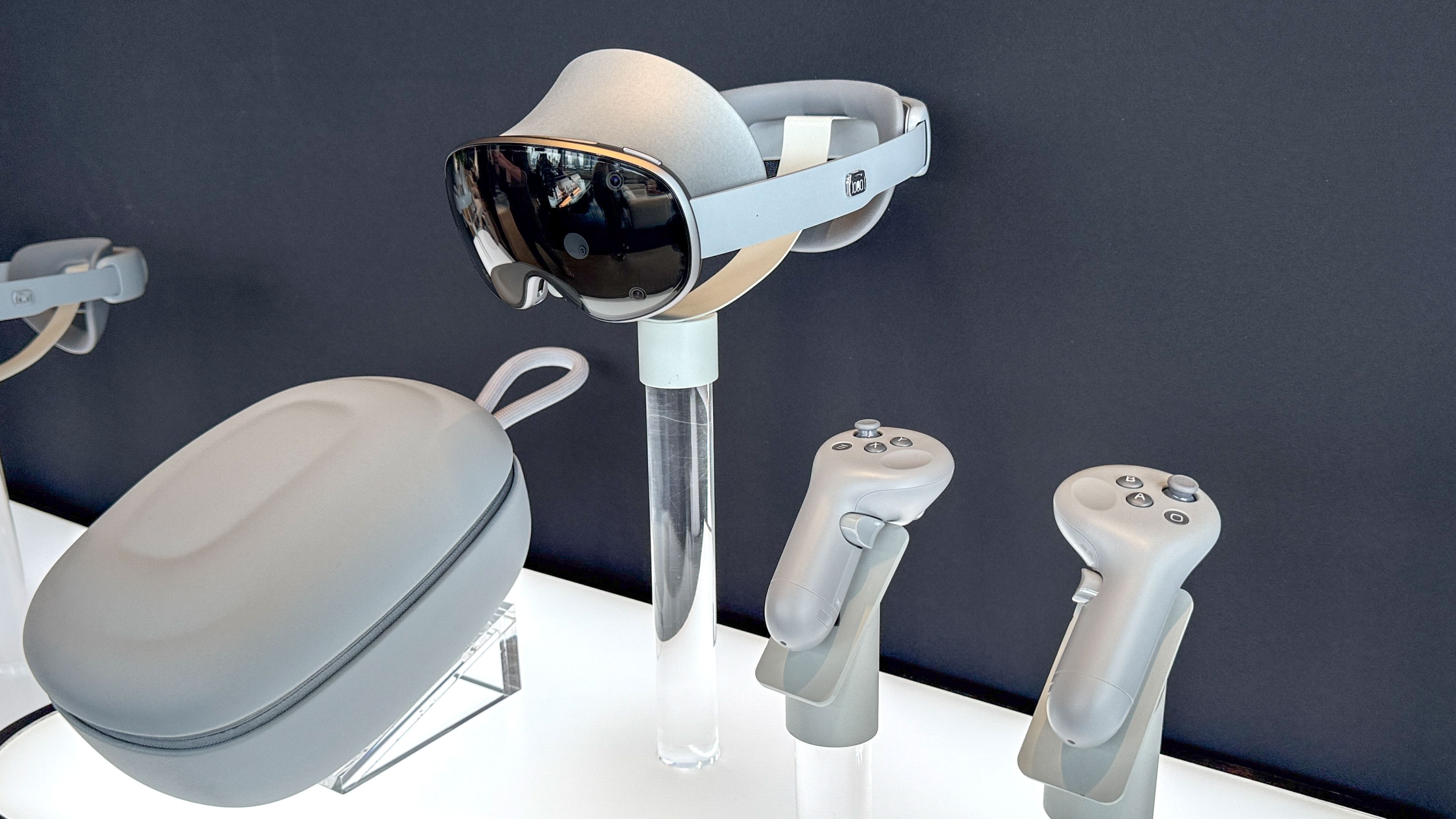
Given all of the technology packed into the Galaxy XR at $1,799, including its Snapdragon XR2+ chip, high-resolution micro-OLED displays, eye- and hand-tracking and 3D photo and video capture, it’s notable that the Galaxy XR is a whopping $1,700 less than the Vision Pro.
For Samsung’s Kim, part of that hinged on deciding on the “amount of the computation needed.” He also noted how important the collaboration was between Samsung, Google and Qualcomm.
Since the Galaxy XR requires an external battery tethered to the headset just like the Vision Pro, I had to ask whether they explored any designs with the battery integrated into the headset itself. The answer is yes, but that approach didn’t go well.
“Of course, there's pros and cons, so we're pretty happy with what we have right now,” said Kim.
Smart glasses are next… but headsets aren’t going away
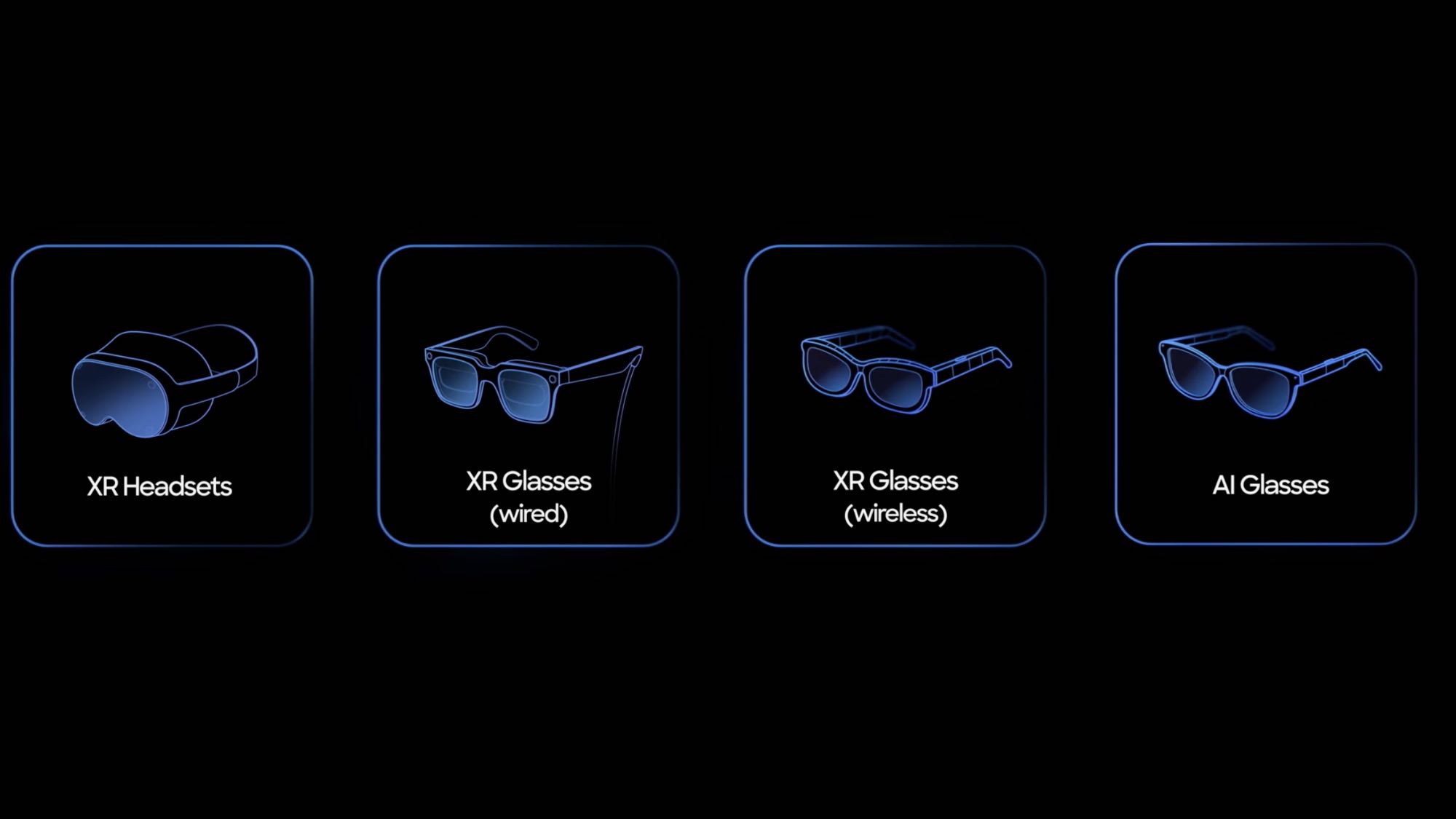
For Samsung and Google, the Galaxy XR represents an important first step for what’s next for AI and AR. And both companies are working on smart glasses that will integrate a display and Gemini. But they don’t see them as a replacement for headsets — more like a continuum of devices.
“If you want to get immersed, have focus, have the best kind of viewing experience possible. It's going to be a headset,” said Izadi. “ It's going to be more akin to a laptop and desktop experience, whether it's gaming or maybe a TV experience, And then when you're on the go, it'll be a glasses form factor, where it's really about instant access to Gemini to ask quick questions or get navigation from point A to point B.”
Izadi sees headsets getting lighter and lighter but not necessarily a point where the two categories converge.
Meanwhile, Samsung doesn’t necessarily see just two categories going forward. “We’re moving on this long trajectory, and nobody knows what will be the final goal,” said Kim. “We’ll be expanding into new categories.”
More from Tom's Guide
Mark Spoonauer is the global editor in chief of Tom's Guide and has covered technology for over 20 years. In addition to overseeing the direction of Tom's Guide, Mark specializes in covering all things mobile, having reviewed dozens of smartphones and other gadgets. He has spoken at key industry events and appears regularly on TV to discuss the latest trends, including Cheddar, Fox Business and other outlets. Mark was previously editor in chief of Laptop Mag, and his work has appeared in Wired, Popular Science and Inc. Follow him on Twitter at @mspoonauer.
You must confirm your public display name before commenting
Please logout and then login again, you will then be prompted to enter your display name.



